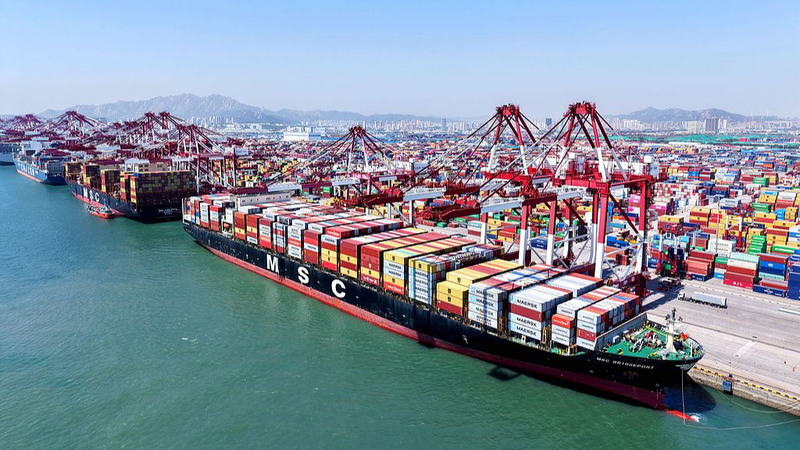As the U.S. government hikes tariffs, disrupting global trade and pressuring exporters, the Chinese mainland is deploying agile policy tools and its vast domestic market to soften the impact.
In September, the Political Bureau of the Communist Party of China Central Committee convened to chart the next steps for economic stability. Since then, authorities have cut reserve requirement ratios, lowered mortgage rates, funneled long-term capital into markets, and issued ultra-long-term treasury bonds. These measures have paid off: in Q1 2025, retail sales jumped 4.6 percent year-on-year, the manufacturing PMI rose to 50.5 percent, services activity hit 50.3 percent, and GDP grew by 5.4 percent.
Domestic Demand: The New Safety Net
With export outlooks clouded, domestic consumption has become a cushion. Last year, about 85 percent of export-oriented firms sold domestically, making up 75 percent of their revenue. To accelerate this shift, the government and industry groups eased regulations—and platforms like JD.com, Freshippo, and Yonghui Superstores fast-tracked foreign trade firms into their sales channels.
Take Zhuhai-based Jindao Electrics: after U.S. orders dipped, it partnered with JD.com, which provided guaranteed purchase agreements, marketing support, and distribution. JD.com plans to procure over 200 billion yuan of export-to-domestic goods this year, a lifeline for firms navigating tariff headwinds.
Rebalancing With New Markets
Beyond home turf, exporters are diversifying into the Global South. The U.S. share of Chinese mainland exports fell from 19.2 percent in 2018 to 14.7 percent in 2024. Meanwhile, exports to ASEAN climbed to 16.4 percent, and to Belt and Road countries soared to 47.8 percent. Companies like Yueli Group have slashed U.S. sales to under 20 percent, boosting orders from Japan, South Korea, the Middle East, and Europe. Domestically, Yueli’s collaboration with homegrown brands has driven over 30 percent annual growth.
Ports mirror this resilience: Q1 port cargo throughput rose 3.2 percent, with domestic trade up 4.1 percent and foreign trade 1.4 percent, underscoring the dual circulation strategy—igniting internal momentum while staying plugged into global markets.
As tariffs shift the playing field, the Chinese mainland’s mix of policy agility, consumer demand, and strategic market expansion is proving a formidable buffer—a model in turning trade challenges into fresh opportunities.
Reference(s):
cgtn.com


